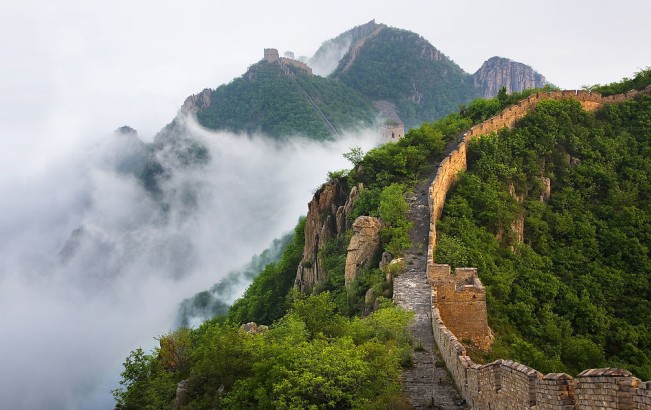The Bell Tower stands at the crossing of East, West, North and South avenues in the city proper is a well known symbol of Xi’an. This tower was originally built in the year 1348 at the end of the Yuan dynasty. It was moved to its present site in the year 1552 during the period of the Ming Dynasty.
It was enlarged and rebuilt during the period of Ming Dynasty. There was a huge iron bell which was hung in the tower and used for striking the hours. It is very grand ancient building and has the features of traditional Chinese architecture. This Tower is very beautifully lit at the night. The tourists can get the bird’s eye view from the top of this town of the areas surrounding and the brightly decorated eaves of the building.
The Bell Tower acts as central landmark of this city and four prosperous commercial streets stretch towards in each direction. A must see to Ming city, the Drum Tower is located nearby in the west direction of the Bell tower. They are the outstanding example of ancient architecture. While entering to the old gate of Drum tower, you will be warmly welcome by the old street having bluestone pavement and it is full of the Muslim restaurants which are decorated in the Ming and Qing Dynasty style.
There is Beiyuanmen Muslim Market, where you can get the taste of local snacks. The Great mosque is only a block away from the Drum Tower and is the spiritual root of more than 60 thousand Muslims mainly of Hui minority working and living here. If you wish to know the city wall earlier than Ming then Hanguan Gate Site Museum provides you the perfect description of the ancient wall of about 1,400 years ago at Zenith of the Xian history. There are many attractive ancient and historical sites around the Bell Tower and a worth to watch.





















